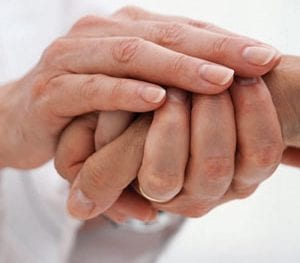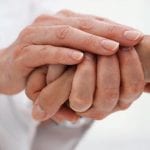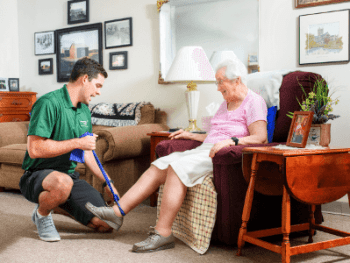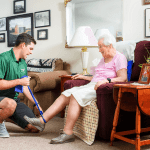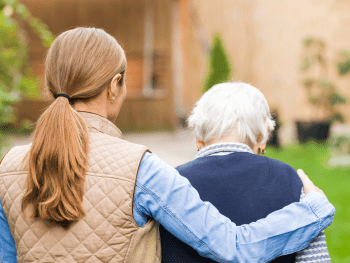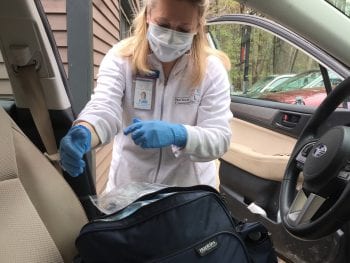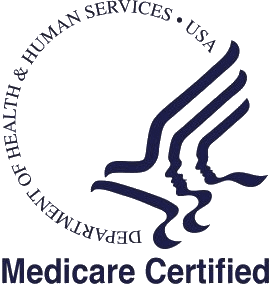While physical therapist’s roles are both broad and diverse, several misconceptions still exist about what physical therapy is, what it isn’t, and the various ways it can help people improve the health and lives of people at all stages in life.
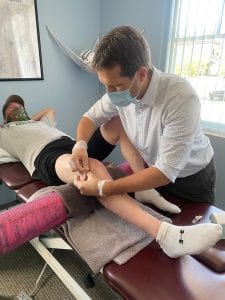
“When a lot of people think about physical therapy, they think rehabilitation from injury or surgery. But that’s just part of what we do,” said Matt Scagliarini, PT, DPT and Director of Outpatient Physical Therapy at Pemi-Baker Community Health. “Physical therapists can improve the lives of people of all ages dealing with biomechanical faults that could lead to injury, sports performance, balance impairments and nervous system conditions to name a few. We use innovative testing to work with our clients to develop a personalized plan of health for people of all ages and abilities.”
According to the American Physical Therapy Association (APTA), physical therapists (PTs) are highly educated and licensed health care professionals who can help patients reduce pain and improve or restore mobility. Sure, this includes those who’ve suffered musculoskeletal injuries, Scagliarini says, but it’s much more than that.
Here are six common misconceptions about physical therapy:
- I need to be injured to see a physical therapist. Rehabilitation following an injury or surgery is just a portion of what physical therapists may provide. It’s common for a PT to treat other common ailments like balance and vestibular issues, headaches, pelvic pain, chronic pain, incontinence, and basic joint and muscle discomfort. They also work with clients to prevent injuries and improve athletic performance.
- It’s going to hurt. The “no pain, no gain” philosophy has no place in physical therapy. In fact, PTs are trained to work within one’s pain threshold to ensure her or his musculoskeletal gains are safe and incremental. PT’s at Pemi-Baker are trained to analyze the biomechanics of movement. Therefore, they are able to replace painful movement patterns with less painful and more efficient alternatives that improve performance.
- Surgery/medication are better options. Both have a place as medical treatments, but multiple studies have shown that physical therapy is more effective and safer than options like subscription painkillers, as well as common surgeries for lumbar spinal stenosis, degenerative disk disease, and even meniscus tears.
- Physical therapy is expensive. Physical therapy is a bargain when compared with surgery and the cost of medical imaging. But more than that, studies have shown that for the treatment of one of the most common ailments, non-specific back pain, patients can save up to 60 percent on their medical bills if they first visit a physical therapist.
- Any health care provider can offer physical therapy. This is simply not true, though the APTA estimates 37 percent of all consumers believe it to be the case. The fact is only licensed physical therapists have received the post-graduate education and training necessary to provide physical therapy services.
- I can’t see a PT without a prescription or referral. According to the APTA, this myth is shared by 70 percent of all health care consumers. In most states, patients are allowed to be evaluated by a PT and receive visits prior to needing a physician referral. Every private health insurance is different. Contact Pemi-Baker Community Health or your insurance company directly for more details.
To learn more about how physical therapy can benefit a particular ailment, condition or wellness goal – or for an injury, pain or movement evaluation – contact the physical therapy team at Pemi-Baker Community Health.
With over 50 years of experience, serving clients from 22 towns in central and northern New Hampshire, Pemi-Baker Community Health is committed to creating healthier communities. Services include at-home healthcare (VNA), hospice and palliative care, on-site physical and occupational therapy and aquatic therapy in their 90-degree therapy pool.

~written by Anna Swanson


 If a person is feeling tightness, pain, loss of range of motion or strength, or feel like their posture is being impaired, these can be signs identifying the need for physical therapy. Treatment for breast cancer is saving lives. Let us help you with these side effects of breast cancer treatment so you can regain your health in motion!
If a person is feeling tightness, pain, loss of range of motion or strength, or feel like their posture is being impaired, these can be signs identifying the need for physical therapy. Treatment for breast cancer is saving lives. Let us help you with these side effects of breast cancer treatment so you can regain your health in motion!
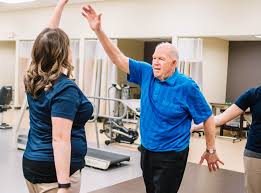 condition is or how it manifests itself. The condition can occur when there is a loss of brain cells that produce a chemical called dopamine. The four common symptoms are: tremors, limb and trunk stiffness, the slowing down of movement and weak balance or coordination. About 500,000 people in the U.S. have Parkinson’s disease, with about 50,000 people being diagnosed each year, according to the National Institute of Neurological Disorders and Stroke.
condition is or how it manifests itself. The condition can occur when there is a loss of brain cells that produce a chemical called dopamine. The four common symptoms are: tremors, limb and trunk stiffness, the slowing down of movement and weak balance or coordination. About 500,000 people in the U.S. have Parkinson’s disease, with about 50,000 people being diagnosed each year, according to the National Institute of Neurological Disorders and Stroke. safer movements and improved quality of life.
safer movements and improved quality of life.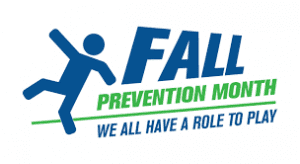
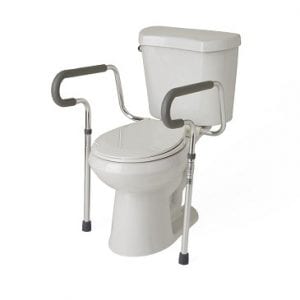 use of adaptive equipment
use of adaptive equipment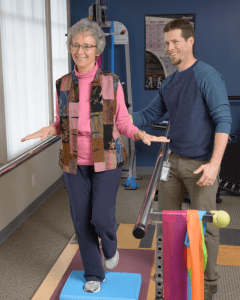 When you first meet your physical therapist, he or she will assess your balance. If it is impaired due to visual, inner ear or muscular reasons, your physical therapist will give you
When you first meet your physical therapist, he or she will assess your balance. If it is impaired due to visual, inner ear or muscular reasons, your physical therapist will give you
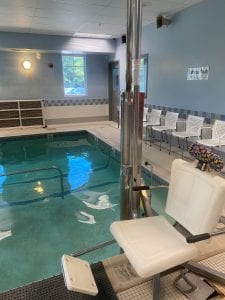 hile promoting relaxation.
hile promoting relaxation.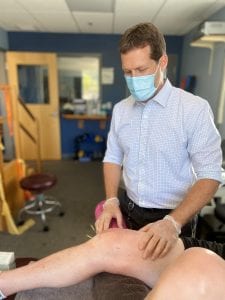


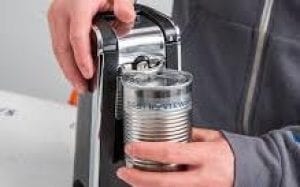

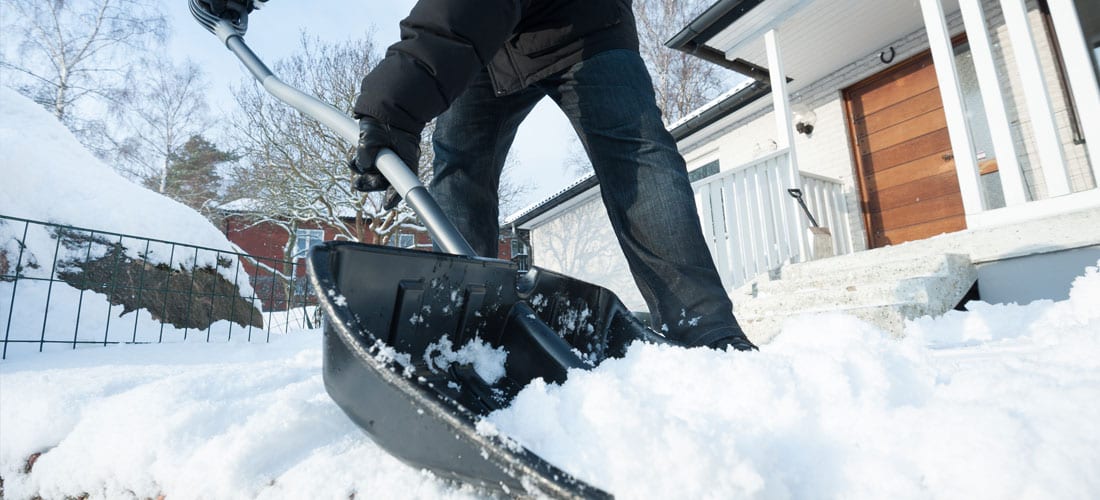

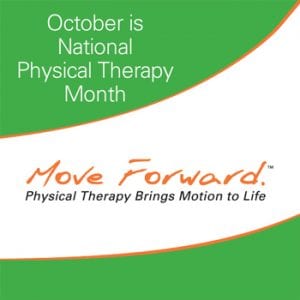
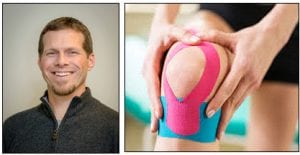
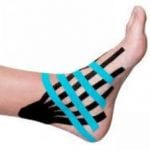 he lymphatic system to drain more effectively or so it is believed.
he lymphatic system to drain more effectively or so it is believed.

